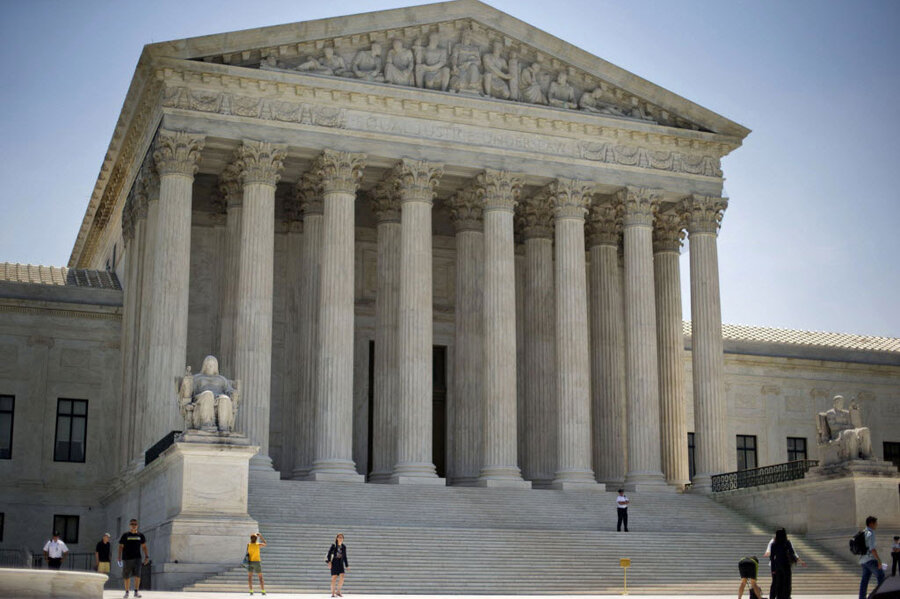Supreme Court ruling against Tyson clears path for worker class-action suits
Loading...
The US Supreme Court dealt a blow to big business and a victory to workers' rights advocates on Tuesday when it upheld a lower court's ruling against Tyson Food Inc. in favor of more than 3,000 workers who sued the company for not properly compensating them for hours worked.
The workers had filed a class-action suit alleging they weren't paid for the time they spent putting on and taking off protective equipment needed before they could start working.
In its appeal, Tyson contested the use of statistical evidence to determine liability and damages. Citing the 2011 Supreme Court decision that threw out the massive sex-discrimination case against Wal-Mart Stores Inc, Tyson and its backers pressured the court, to curtail the use of statistical evidence.
In his majority opinion, Justice Anthony Kennedy rejected Tyson’s argument, writing that “a categorical exclusion of that sort...would make little sense.” His opinion pointed to a 70-year-old Supreme Court decision that allows workers to use statistical evidence to sue employers who record inaccurate hours, resulting in employees receiving inadequate compensation.
Critics of the use of statistical evidence, mostly business groups, have long pushed for class-action suits to be assessed individually contending that the practice violates defendants' due process rights, Reuters reported.
The court’s 6-2 ruling, is yet another blow to business interests hoping the court would use the case to further crack down on class-action claims brought by employees. As Reuters reported, of the three cases class-action cases that have reached the court, it has now ruled in two, with businesses losing both times. In January, the court ruled 6-3 against advertising firm Campbell-Ewald, on a lawsuit accusing the company violating a federal consumer law by sending unsolicited text messages on behalf of the US Navy.
This isn’t the first time that Tyson has faced such a lawsuit. In 2010, the company settled a similar, decade-long dispute with the US Department of Labor, by agreeing to pay workers at poultry plants for time they spent putting on and taking off protective clothing.
This report contains material from the Associated Press.






